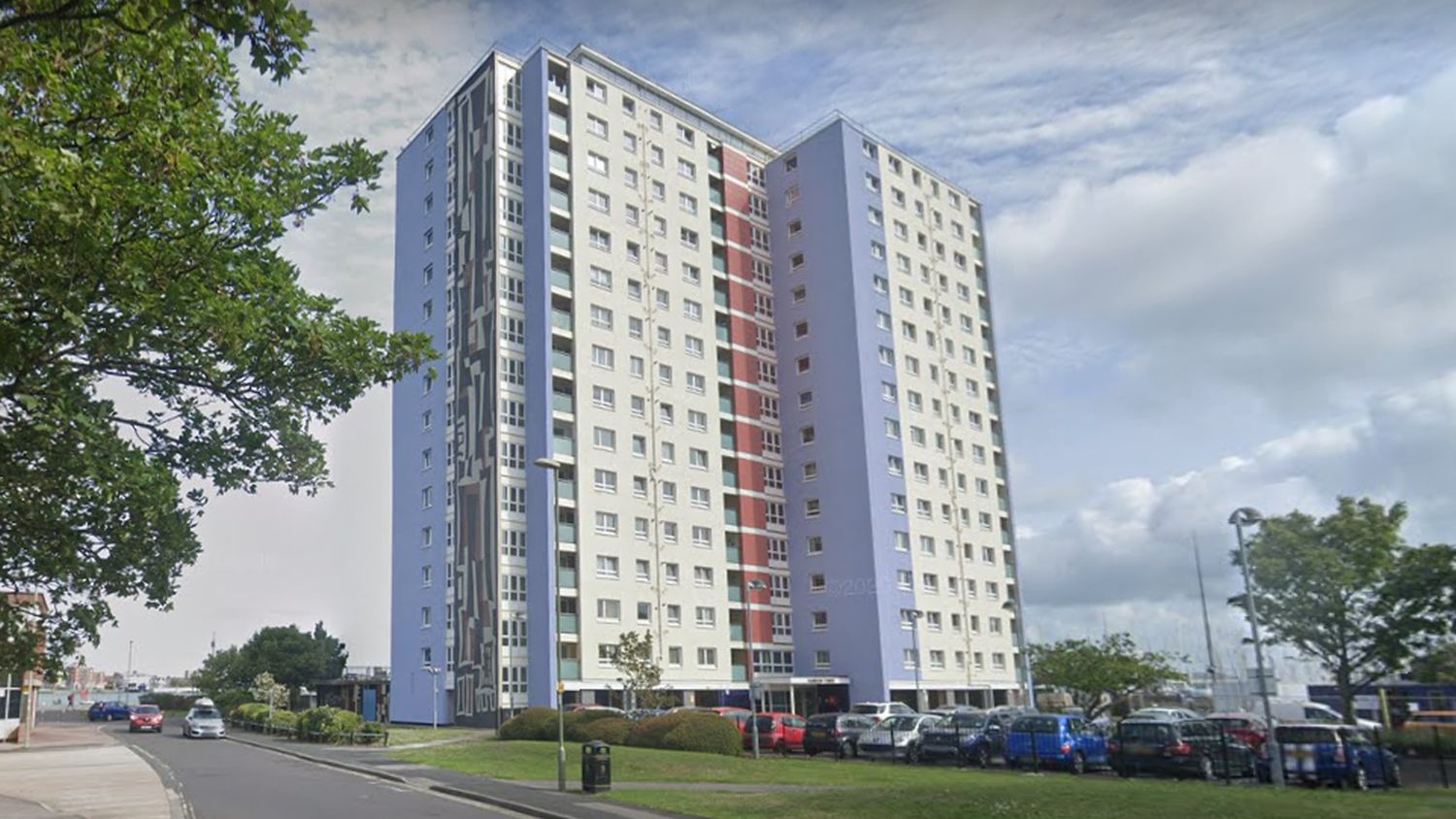
Contractor Mulalley has lost a court battle with a housing association over who was liable for defective cladding on four high-rise residential towers in Portsmouth.
Martlet, part of the Hyde Housing Group, made a high court claim against Mulalley for £8m concerning the defective design and installation of cladding manufactured by Sto Ltd.
Mulalley completed works to two of the four 1960s towers in Gosport, Hampshire, – both of which are 11 storeys and around 30m high – in 2007. Work on two more towers – each 16 storeys and around 50m high – was completed in 2008.
Cladding system
The rendered cladding applied to the existing walls of the towers was a proprietary system called the StoTherm Classic. It consisted of an inner layer of expanded polystyrene (EPS) insulation boards fixed to the existing external wall with adhesive and supplementary mechanical fixing dowels. Two acrylic organic, non-cementitious render coats were applied to the EPS boards, a 3mm base coat known as StoArmat Classic, and a 1.5mm top coat known as StoStolit, with a reinforced glass fibre mesh layer between them.
The main objective of the system was to provide improved thermal protection, waterproofing, and a more attractive decorative finish.
To prevent the spread of fire, the StoTherm Classic system incorporated horizontal mineral wool fire barriers at each floor level above the third storey. There was no evidence of anything untoward with the cladding system following practical completion or during due diligence by Martlet when it acquired the Gosport towers from housing association Kelsey, which owned the towers when the works took place.
Denial of liability
Mulalley denied liability for Martlet’s losses. It admitted that there were some defects in the installation of the cladding but denied that they justified the complete replacement of the cladding or a waking watch as a temporary measure before the cladding was removed. It argued that the real cause of the replacement works was Martlet’s realisation, triggered by the Grenfell fire, of the risk posed by the fact that the combustible cladding did not meet heightened fire safety standards that came into force after the works.
Mulalley contended that only a scheme limited to limited repair works was required to remedy the installation breaches, costing far less than those actually carried out.
Decision
But judge Stephen Davies held that Martlet had succeeded on both its primary and alternative cases and awarded damages to Martlet for the remedial works it undertook to address the defects in the cladding system.
The judge also awarded Martlet damages for the costs of a waking watch service implemented by Martlet.
Martlet’s law firm Norton Rose Fulbright claimed that this was the first high court judgement on a claim concerning fire safety defects since the Grenfell Tower disaster in 2017.
It added that the verdict provided guidance on the court’s approach to “numerous significant issues” affecting the hundreds of cladding disputes ongoing in the UK today.
Simon Ramsden, partner at Norton Rose Fulbright, said: “We’re extremely proud of the role our team played in delivering this outcome on behalf of the Hyde Group, which we hope will promote the resolution of the many cladding-related disputes thanks to the court’s guidance delivered today.”
Comments
Comments are closed.











Did the client specify the system under a traditional contract where the client takes on the responsibility of design or was it chosen by the contractor under a design and build contract?
The article does not say.